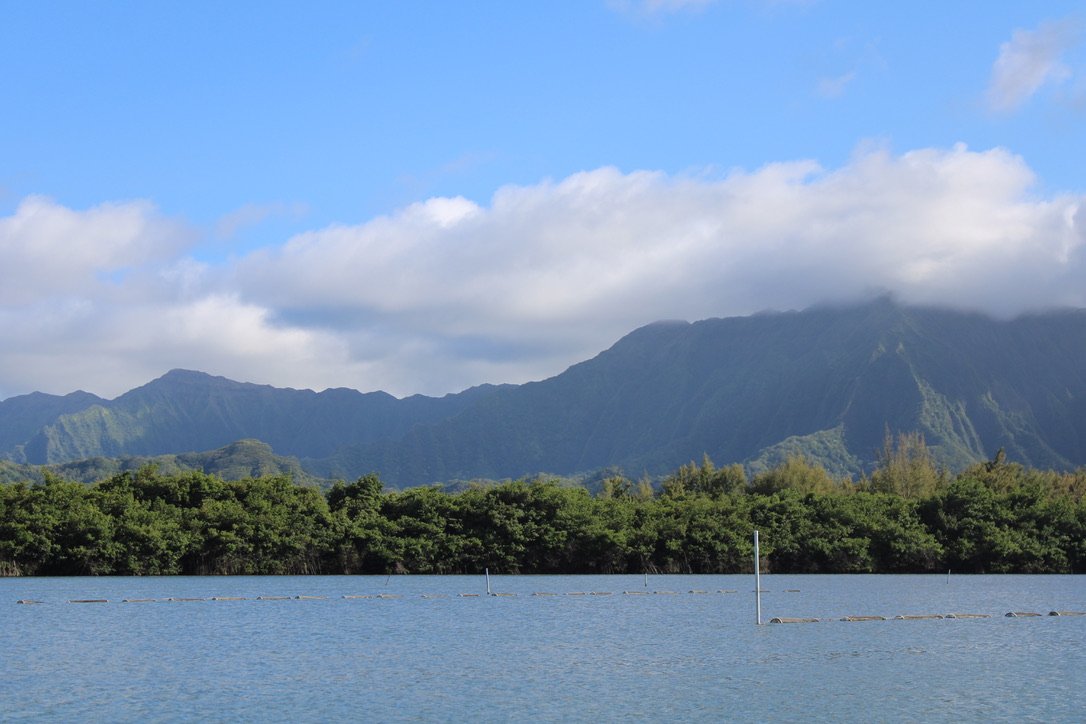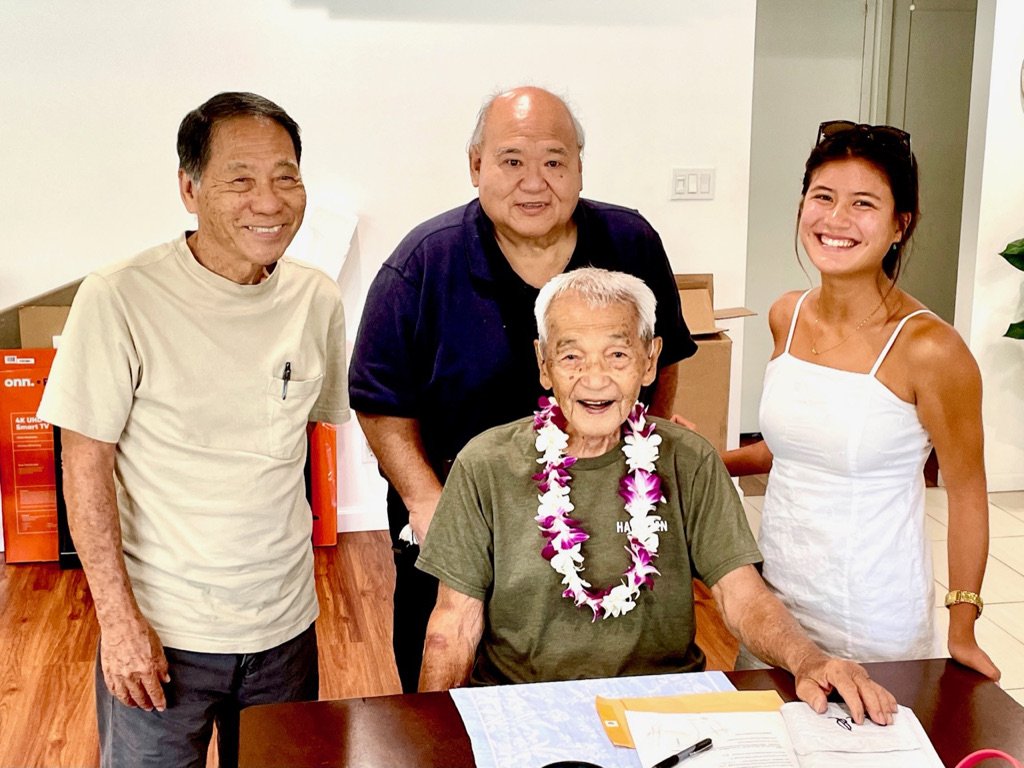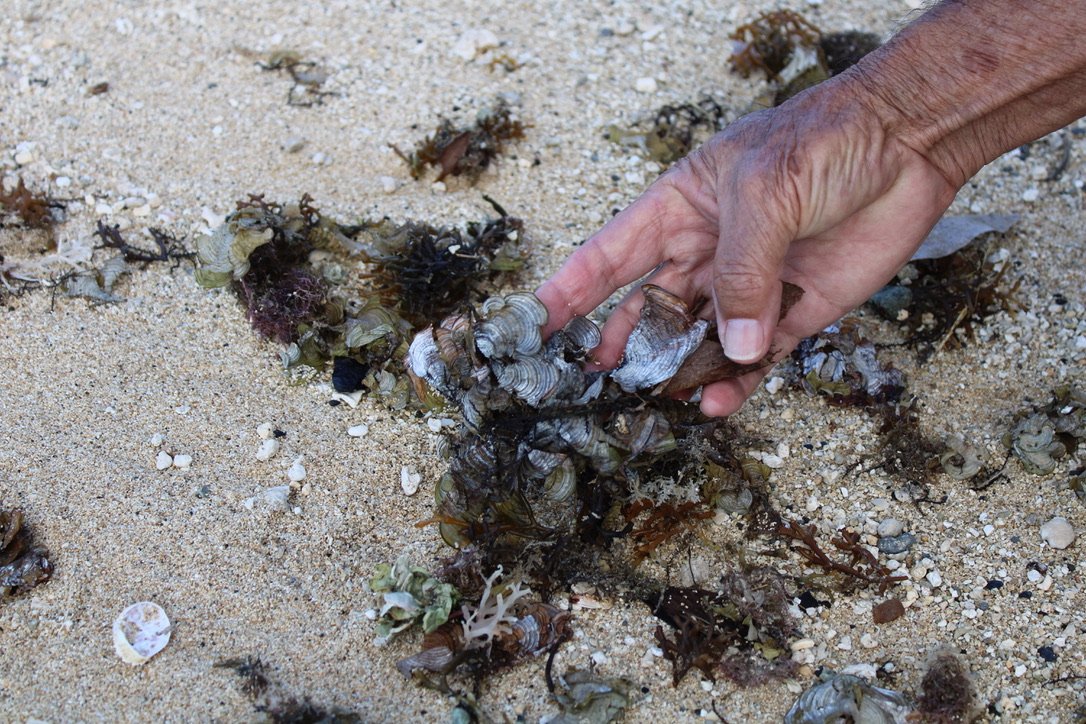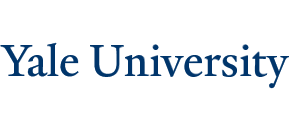



Grace Cajski was a 2021 Global Food Fellow. To learn more about the Yale Sustainable Food Program’s Global Food Fellowships, please visit this page.
Growing up in New Orleans, I loved going to the water with my father. We’d kayak. We walked along the bayous and boated across the lake. My father is from Oʻahu, and, in the summer, we’d go back to his childhood home. There, we sailed, explored, and visited with family and friends. One of whom was Vernon Sato, my father’s old neighbor. He was a phycologist and aquaculturist. In his retirement, he wrote a book about Moliʻi fishpond, an ancient Hawaiian fishpond. Sometimes, he’d take us there.
Nine hundred years ago, the Hawaiian population was growing into the hundreds of thousands. They invented fishponds, loko iʻa, to feed their community. It was the first aquaculture system in the Pacific Rim. Chiefs, or aliʻi, designated a kiaʻi loko to care for and operate the fishpond. Caring for a fishpond was an art, and the knowledge it took to understand the pond and its creatures required years of apprenticeship. When the West colonized, when it forbade most Hawaiian practices and converted communal land into private property, this artistry was lost.
In the past fifty years, nonprofits and community groups have been working to revive fishponds. They have removed invasive mangroves and rebuilt the kuapā. Now, they are contending with problems like pollution and invasive species. Additionally, the aquaculturists who operated the ponds a generation ago are aging, and their knowledge will soon be lost.
If these problems can be resolved, fishponds could salvage Hawaii’s ecosystems. And, they could help solve the anthropocene's defining problems: resource scarcity, ecosystem decay, and climate change.
During my gap year, I became fascinated with fishponds. Particularly, I reflected on how humans know the natural world: I realized that we know it through work, and that the food chain is what fundamentally connects us to the ecosystem. Beyond observing nature, sustainable food systems are how humans play a role within the environment and are part of natural ecosystems.
I wondered, how are ancient Hawaiian aquaculture practices relevant to solving the environmental and social issues associated with the anthropocene today? Who are the figures behind this movement? And, can these revived practices inform other aquaculture projects?
During April of 2021, I received a Global Food Fellowship from the Yale Sustainable Food Program to write about the fishponds and the community around them. I hoped to delve into the aquaculturists' stories and their work. I planned to bring their philosophies and knowledge to a wide audience with my writing. Through my project, I also planned to explore solutions, illuminate challenges, and celebrate Hawaiian culture.
I embarked on my project in June of 2021: I spent thirty-five days on Oʻahu and spoke with more than forty fishpond caretakers, scientists, nonprofit leaders, civil servants, community members, conservationists, and educators. I visited fishponds, aquaculture facilities, and nonprofit offices. I snorkeled in search of seaweed, and I removed mangroves from a fishpond. I typed transcripts of my interviews with elders and fishpond leaders, and sent them to the University of Hawaii's Center for Oral History.
I am grateful to have had the opportunity to witness and take part in such work, as well as to have connected with so many inspiring figures. I am humbled by the privilege of hearing their stories, and telling them.
To learn more about my research, you can read my article about fishpond aquaculture for ECO Magazine here, and you can read my blog post for the Yale Program on Climate Change Communication about how climate change is threatening fishponds here. I have work forthcoming in Oceanographic Magazine, and I will be presenting the project at the American Geophysical Union Fall 2021 Conference.
--
This project was also supported by the Yale Law School’s Law, Ethics & Animals Program (LEAP), the Yale Environmental Humanities Program, and the Yale Summer Journalism Fellowship.

